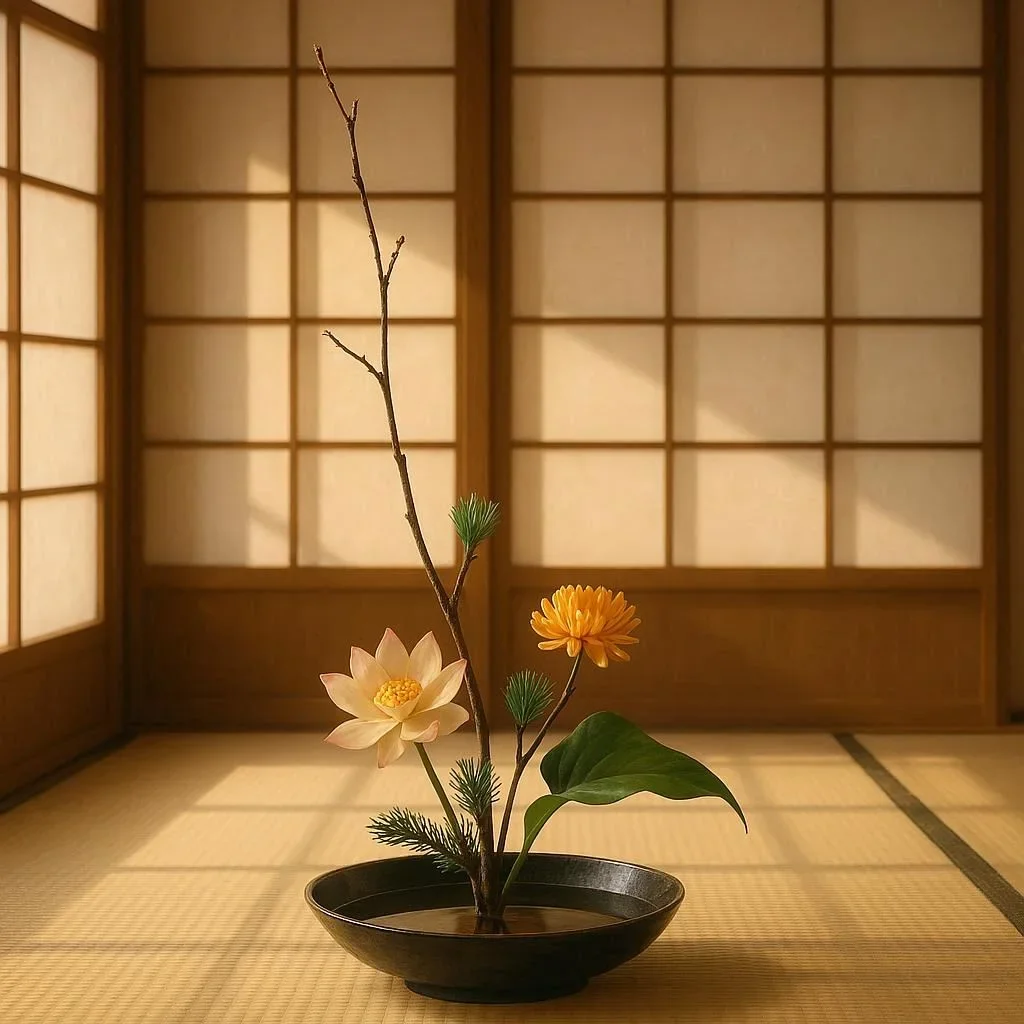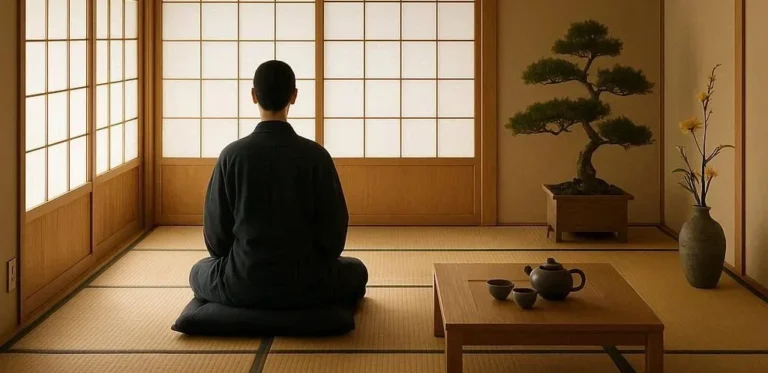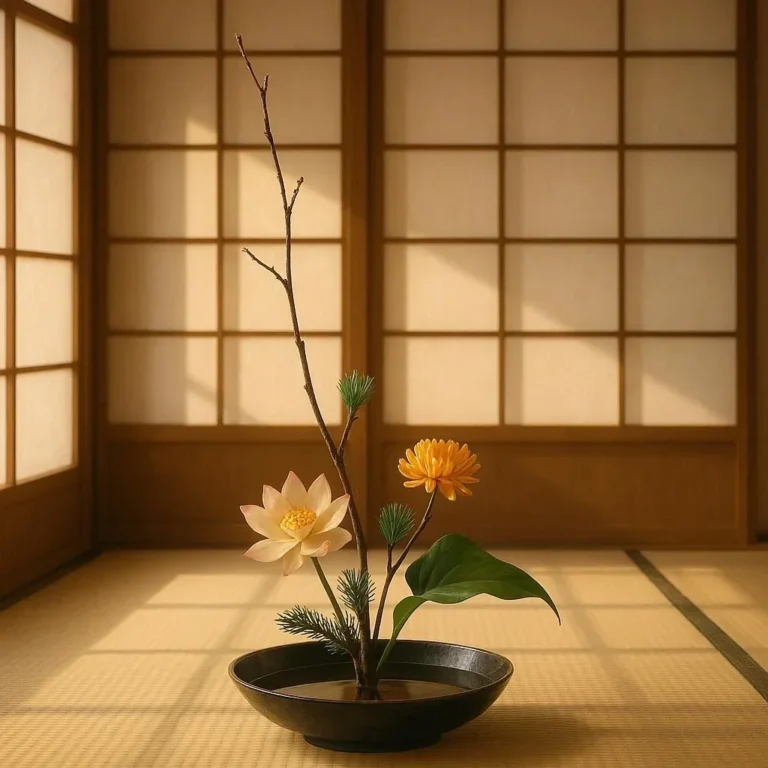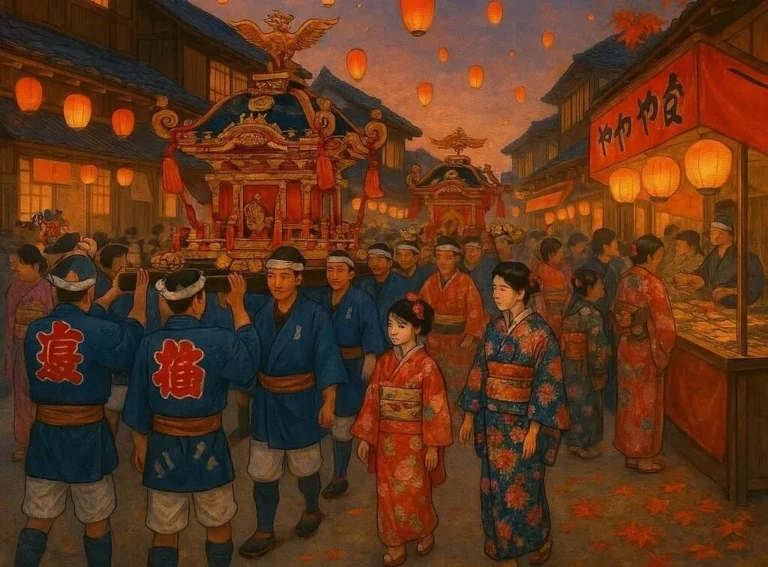506 views The Hidden Meanings Behind Japanese Gardens
Japanese gardens are often praised for their stunning aesthetics, but the true marvel lies in the layers of symbolism woven into every stone, tree, and water feature. From the ancient samurai forests of the Edo period to contemporary minimalist landscapes, each element is purposely curated to convey philosophical, cultural, and spiritual messages. In this guide, we’ll dive deep into the hidden meanings that make Japanese gardens not just a feast for the eyes, but also a subtle communication of meaning.
1. Historical Roots: A Brief Overview
| Era | Key Features | Symbolic Significance |
|—–|————–|———————–|
| Heian (794‑1185) | Replication of natural landscapes, Sanga‑butsuro (mountain‑forest gardens) | Merging the earthly realm with Buddhist spiritual aspirations |
| Kamakura (1185‑1333) | “Zen gardens” with kōsaku (snow‑covered rocks) | Representation of impermanence and the Enlightenment process |
| Edo (1603‑1868) | Geodesic tea gardens, sashiki (Japanese temple gardens) | Reflection of social hierarchy and meticulous order |
|
These periods illustrate how the garden evolved from a model of an idealized nature to a disciplined repo of wabi‑sabi — the appreciation of imperfection and transience.
2. Core Symbols in Japanese Garden Design
| Symbol | Element | Hidden Meaning |
|——–|——–|—————-|
| Rock/Stone | Rock piles (kado) | Permanence, endurance, the eternal cosmos |
| Water | Streams, ponds, waterfalls | Life’s flow, purification, the breath of nature |
| Bamboo | Bansho, trailing bamboo | Flexibility, resilience, moral strength |
| Trees | Japanese maples, pines | Longevity, fidelity, the quiet stoic spirit |
| Rocks in ‘Rock Gardens’ | Koan stone gardens | Spiritual awakening, simplicity, Southern Zen school lessons |
| Bridges | Tō-kyō (stone), usagi (rabbit) bridge | Transition from one state to another; the crossing to enlightenment |
| Lanterns | Tōrō | Light in darkness, guidance, the refined way of life |
| Sand and Gravel | Karesansui textures | Grain of time, representation of the universe |
|
Each element is chosen for its dual factual and metaphoric quality, ensuring that the garden reflects both the countryside and the spirit.
3. Zen and the Soul of the Garden
Zen philosophy permeates Japanese gardens. The kōsaku or “Zen rock garden” is a manifestation of yūgen (profound grace) and ma (negative space). By stripping nature to its bare essentials, designers invite contemplation. The garden becomes a kōan, a puzzle to solve through meditation, mirroring life’s unresolved questions.
- Bonsai trees, though miniature, represent the restless human yearning to grasp an eternity in a tiny moment.
- Sencha tea gardens emphasize wabi‑sabi, a school that celebrates rustic simplicity over ornate superiority, a quiet storytelling of authenticity.
4. Landscape Architecture: Making the Invisible Visible
Japanese garden designers masterfully use shakkei, or “borrowed scenery.” A distant mountain or a distant field can be incorporated into a small garden, creating an illusion of space. The trick uses frames: vines, pathways, or stones create a pocket that visually extends beyond the physical boundaries. That borrowed scene often has a deeper meaning — perhaps reflecting a higher spiritual plane or a foreign culture’s respect.
Another architectural device is the ’Shōrin‑yoko (ancient path), where gravel, stone, or lantern rearrangement spells out hidden messages that chronicle the gardener’s intention. By walking along the parkimono, visitors slowly interpret those riddles in the context of personal growth.
5. Seasonal Transitions: Life’s Ephemeral Canvas
Japanese gardens change, each season feeding a different narrative:
- Spring: Cherry blossoms (sakura) denote “shortness of life” because their peak is fleeting.
- Summer: The quiet shade under maple trees signifies the restful determination of aikido monks.
- Autumn: Fallen leaves create natsukashii— a year-long memory of the instant.
- Winter: Bare pine needles act as a reminder that “Strength exists in emptiness.”
The cyclical nature does more than show beauty; it reminds us that blooming, decay, and rebirth are an integral rhythm of existence.
6. Japanese Cultural Practices Around the Garden
| Practice | Significance |
|———-|————–|
| Inō (dew rituals) | Connecting the soul with nature’s living essence |
| Hanami (flower viewing) | Celebrating the life cycle with community participation |
| Kashira (castle walk) | Linking the person’s path with a historical narrative |
|
These rituals foster a communal dialogue that turns a solitary garden into a living archive of shared memory.
7. The Subtle Language of Color, Texture, and Light
Color usage in gardens holds a semantic dimension. The serene mizubare (water‑stained) moss on a stone conveys the concept of “quiet patience.” The crisp whiteness of a bamboo grove contrasts against a black pond, symbolically representing “the clear mind.”
Light ordering has a strong correlation with shi (the philosophy of sound). Marble and good lighting provide ‘visual vibrations,’ akin to the restorative effect of a calm, alone, midnight thunderstorm.
8. How Modern Designers Preserve Hidden Meanings
Today’s architects are straddling tradition and technology. They keep essential elements— rocks, water, wood— and combine them with climate‑adaptive irrigation, LED lighting, and even digital soundscapes. By juxtaposing the old philosophy with modern tech, they preserve the symbolic codes while creating a novel experience for visitors.
9. Summary: Why Understanding the Hidden Meaning Matters
Japanese gardens are not merely a set of pretty elements. They become an ecosystem where each stone, terrace, or water ripple holds a hidden meaning, often tied to Buddhist or Shinto beliefs, yet also to the human psychological experience. Paired with the practice of seasonal transition, those meanings become a living, breathing communication with the viewer. Understanding these layers enriches the experience and invites the visitor to possibly see a new symbol on the gardens that surprise them.
SEO Takeaway
When writing about Japanese gardens, always mention key terms— Zen garden, kōsaku, bamboo, water, seasonal transition, and wabi‑sabi. These keywords heavily attract readers who want depth in interior landscaping, horticultural studies, or Japanese culture. Adding “hidden meanings” to the title sparks curiosity and encourages higher search engine visibility.
Final Thought
Adventures in a Japanese garden are always a controversy of what the eye perceives and what the soul feels. The hidden meanings serve as a quiet conversation between humans and nature— it is an invitation to slow down, breathe, and read the subtle signs encoded in every stone, leaf, and ripple. By ever‑sparingly engaging with those whispering symbols, one may find comfort or revelations that unify the tranquility of life with the symbolism of the earth.







